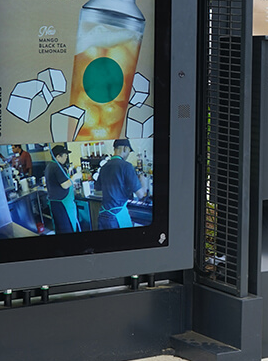Outdoor Digital Signage Benefits
According to sign company in Columbus, Ohio, digital signs, on the other hand, do much more than make a decent first impression. The advantages of digital signage extend beyond improved connectivity and visitor empowerment to increased sales and
 cost savings.
cost savings.Traditional promotional strategies are no longer effective in reaching customers. According to a recent survey, brand retention rates for television and digital video advertising ranged from 20 to 50 percent, with likeability between 15 and 30 percent. One of the reasons why less invasive digital signage advertising is expected to rapidly overtake all other media outlets, including mobile, is because it is less intrusive.
Brands can now deliver real-time, highly targeted messages to customers as they go about their daily lives thanks to LED technology. Consumers can see networked digital signage strategically located in transit centers, shopping malls, gas stations, and hotels, or anywhere else the public congregates. Signage in office lobbies, airports, and elevators will help B2B marketers meet their target audience.
The following are some big trends:
Mobile Integration Has Improved: By providing more relevant content, greater mobile integration into DOOH and Wi-Fi networks would increase customer engagement. Stronger networks will be able to offer tailored content on a personalized basis as a result of a better understanding of target markets.
Measurability: New systems provide more powerful measurement methods that provide marketers with insights that help them boost ROI. These metrics can aid marketers in better defining vertical markets by allowing them to reach out to specific audiences in defined areas.
DOOH content can become more important and deliver tailored, substantive messages with branding that will truly engage customers.


